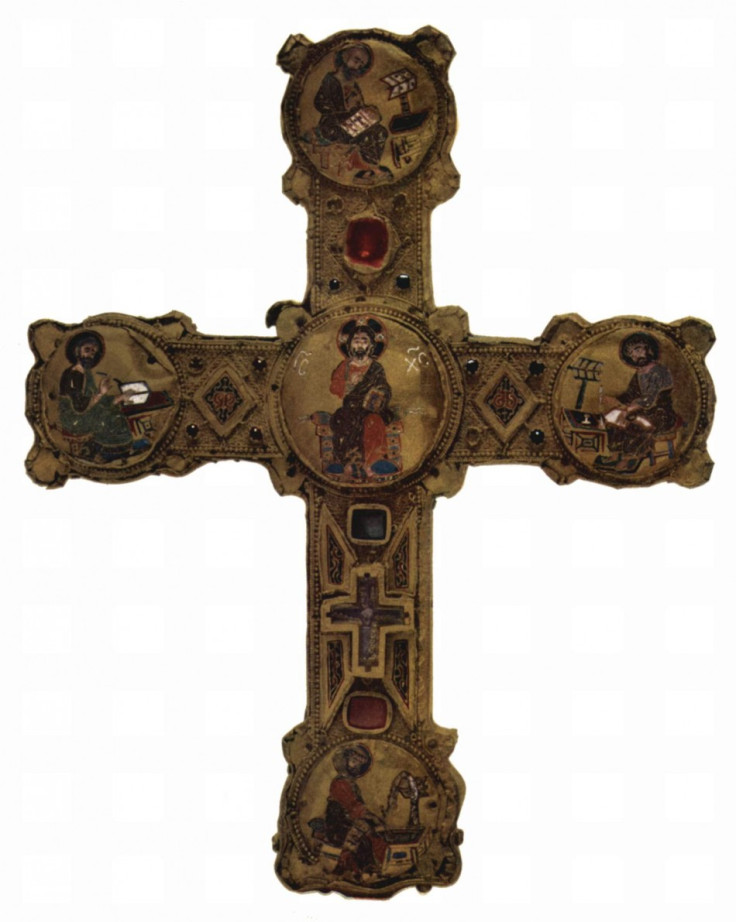7th-century Anglo-Saxon Grave Found of Teenage Noblewoman

An Anglo-Saxon Christian burial site discovered in Cambridge could be one of the earliest examples of a Christian convert from Pagan beliefs.
The grave of a teenage girl includes a rare combination of a "bed burial" and a stunning gold and garnet cross.
The rare cross suggests that the burial site was home to one of the earliest known Christian burials in Anglo-Saxon England, said researchers from the University of Cambridge.
The grave contained the skeleton of a 16-year-old girl, they said. The ornamental bed in the grave was a limited Anglo-Saxon practice of the mid to late 7th century. The cross found on her chest made the researchers question if the girl were an early Christian convert.
The grave was found by Cambridge Archaeological Unit at Trumpington Meadows in Cambridge. The cross is reportedly only the fifth pectoral cross to be discovered in the UK.
The BBC reported that Alison Dickens, who led the excavation, said the combination of a bed burial - where the body was placed in a wooden frame held together by metal brackets - and a Christian symbol, was extremely rare.
Apart from the cross, the grave contains an iron knife and a chatelaine (a chain that would have hung from the waist), along with glass beads which seemed to have been kept in a purse on the end of the chain.
"To be buried in this elaborate way with such a valuable artefact tells us that this girl was undoubtedly high status, probably nobility or even royalty," Dr Sam Lucy, a specialist in Anglo-Saxon burials from Newnham College, Cambridge said.
"This cross is the kind of material culture that was in circulation at the highest level of society. The best known example of the pectoral cross was that found in the coffin of St Cuthbert now in Durham Cathedral."
Scientists are further analysing the skeleton of the teenage girl and three other skeletons found close to her burial site.
© Copyright IBTimes 2025. All rights reserved.





















